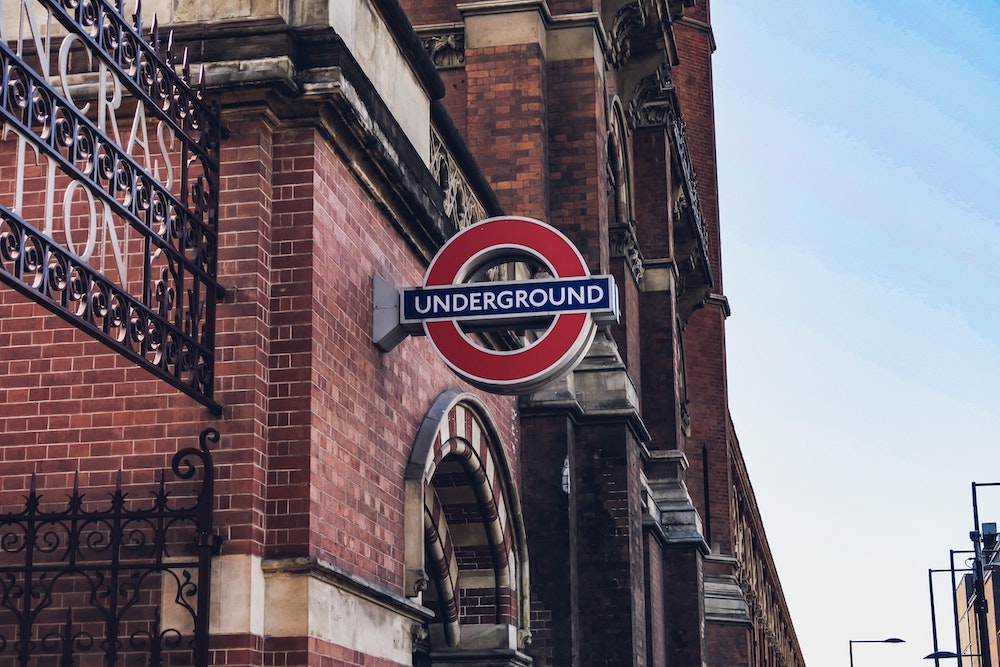Post
JOURNAL 2022 | Rethinking Urban Mobility
25 Aug 2022
Journal 476 was published last month with its theme of Connections. (You can buy a copy here - 100 pages of top quality writing and photography, book reviews, reportage and London history.)
Here communications consultant and writer Josh Fenton looks at why growing cities like London need to prioritise enhancing transport provision.
Within the next ten years, London’s population is set to grow beyond 10 million. Housing, leisure, infrastructure and workspace will all need to adapt to handle more people. Rural to urban migration is a global trend and each city has adopted a slightly different approach, creating valuable lessons for established and emerging cities alike.
The topic of growth tends to provoke concerns about housing and erosion of local character for communities and planners; while these are important, they should be considered as part of a wider whole. That cities like London can accommodate far larger numbers of people should be a moot point. The centre of Paris has an average density of 212 people per hectare compared to central London’s 140 people per hectare in its densest boroughs. The real question, therefore, is how do more populated cities prevent transport and urban infrastructure being overwhelmed?
Beyond the width of streets and urban topography, it is a city’s ability to support our basic need for mobility that really creates or diffuses the feeling of overcrowding. Currently, the tube handles around 4 million user journeys every day, enabling leisure travellers, students and commuters. Without adequate future-proofing, in five years time, this could translate into a deleterious double-whammy: increased pollution and chaotic user journeys.
Drawing comparison to Paris’s ordered above-ground network of urban routes is perhaps unhelpful, but even below ground, the Parisian public transport network offers more options than are available in London. These underground routes are in addition to the regional rail links and tramways which add further options. While London has miles of track either planned or already laid, at peak times the network struggles to cope - prior to the pandemic, there was a year-on-year increase of overcrowding incidents across the network.
Alongside the challenge of expanding London’s capacity along existing routes, improving cross-connectivity between outer boroughs will be a further test for the growing city. This is about more than maintaining and improving the road network. Cities suited to the decade ahead, that are keen to reduce overall consumption and carbon emissions will need to give citizens access to a broader range of low-cost options. A 2018 Department for Transport report found that “41% of those living in Outer London report getting to work by car, compared to 14% in Inner London”. That there is a strong correlation between low connectivity and economic deprivation only increases the urgency.
In Paris, measures are being considered to reappropriate the notion of public transport as an economic and social leveller. Replicating the successes seen in smaller cities such as Dunkirk and Calais, public transport would be completely free for all, regardless of earnings or age. By nudging the public towards public transport, carbon emissions and air pollution would fall dramatically, while simultaneously reducing the pressures on the disadvantaged households. To achieve the same thing in London would be a radical departure from the current business model where users contribute around three-quarters of the overall running costs; instead, a levy would be issued to locally based companies and delivery companies to subsidise the majority of costs. Undoubtedly, there would be pushback, as has been seen in France, but if managed well, the long-term benefits for companies and individuals are clear.
Cities that have yet to solidify their approach to urbanity should take note of where London is today. As recently as 2000 Lahore, in Pakistan was equal parts green fields and concrete. Today as the city continues to grow, the population of 11.1 million inhabitants are served primarily by motorised, non-electric road travel. Though the main arterial routes have taken shape, the lack of a functioning hierarchy means that rickety six-seat rickshaws bustle alongside motorcycles, buses, lorries and taxis. The congestion that these clogged roads produce is a contributing factor to Lahore’s smog crisis, regularly recorded as one of the worst cities globally for air pollution.
Lahore has a smaller area than London and therefore has a higher population density overall which only exaggerates the issues at play: there is a need to simultaneously add in new transport options, while also building upwards to accommodate growth. To respond to the developmental need, local officials have begun to construct an above-ground metro network that has been sporadically discussed since the late 1990s. The first of the three metro lines opened in 2020 and there is an ongoing feasibility study into the introduction of a new underground rail network. At this critical moment, Lahore needs to carefully consider the placement of each station. They need to serve even the most disparate parts of the city and be flexible enough to adapt to the changing urban morphology.
As each of these cities grows, it is clear that the urban infrastructure will be just as significant of a measure of success as housing or high streets. As new transport projects are explored though, the most important thing is to avoid focussing solely on prestige projects. While these create a semblance of progress, they fail to have an impact on a broad spread of the public.
As Paris proves, sometimes widening access has nothing to do with physically creating new means of transportation. Sometimes it could mean looking more closely at pedestrian trips; improving urban porosity, wayfinding. In the case of London, by reframing the narrative of densification around transport, and urban connectivity, we could all benefit from a truly interconnected city.
The London Society Journal has over 100 pages of writing, comment, reviews and photographs get your copy of Journal 476 here.
